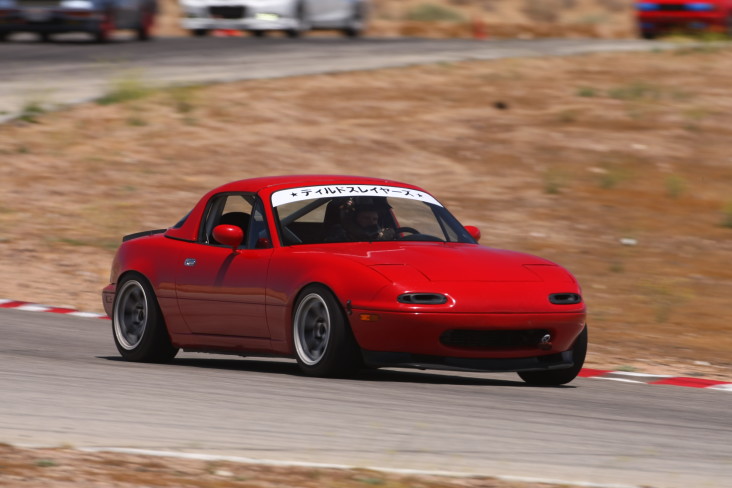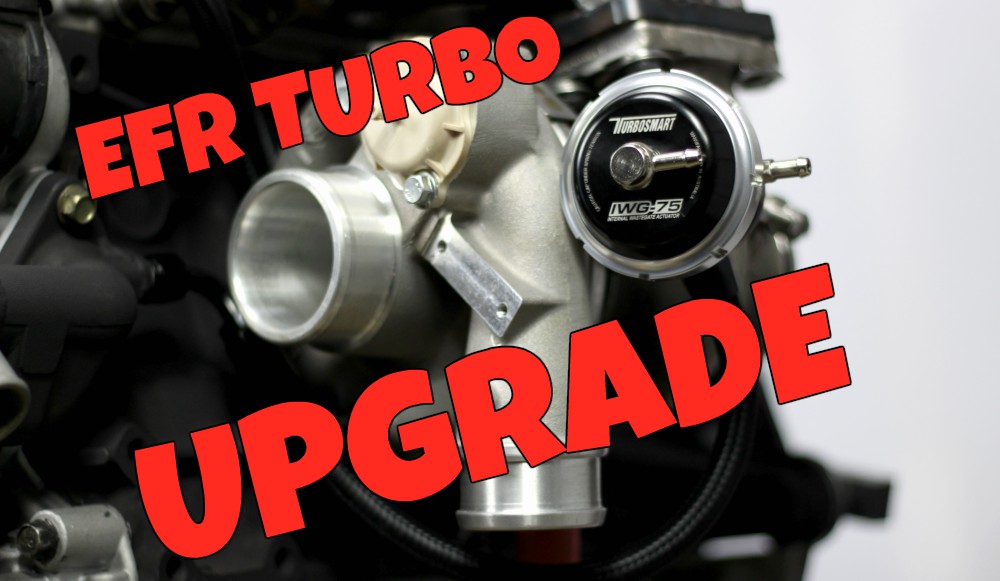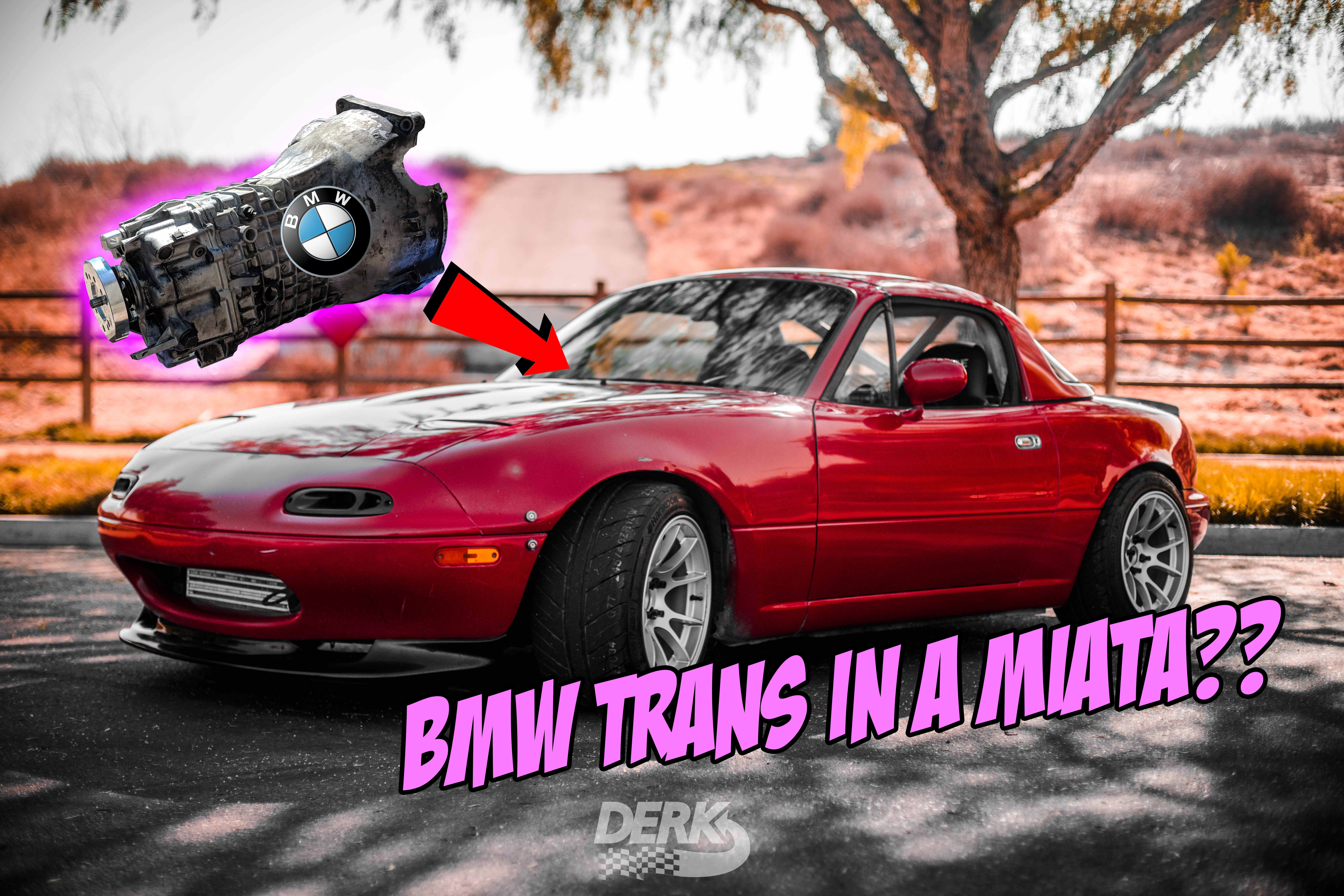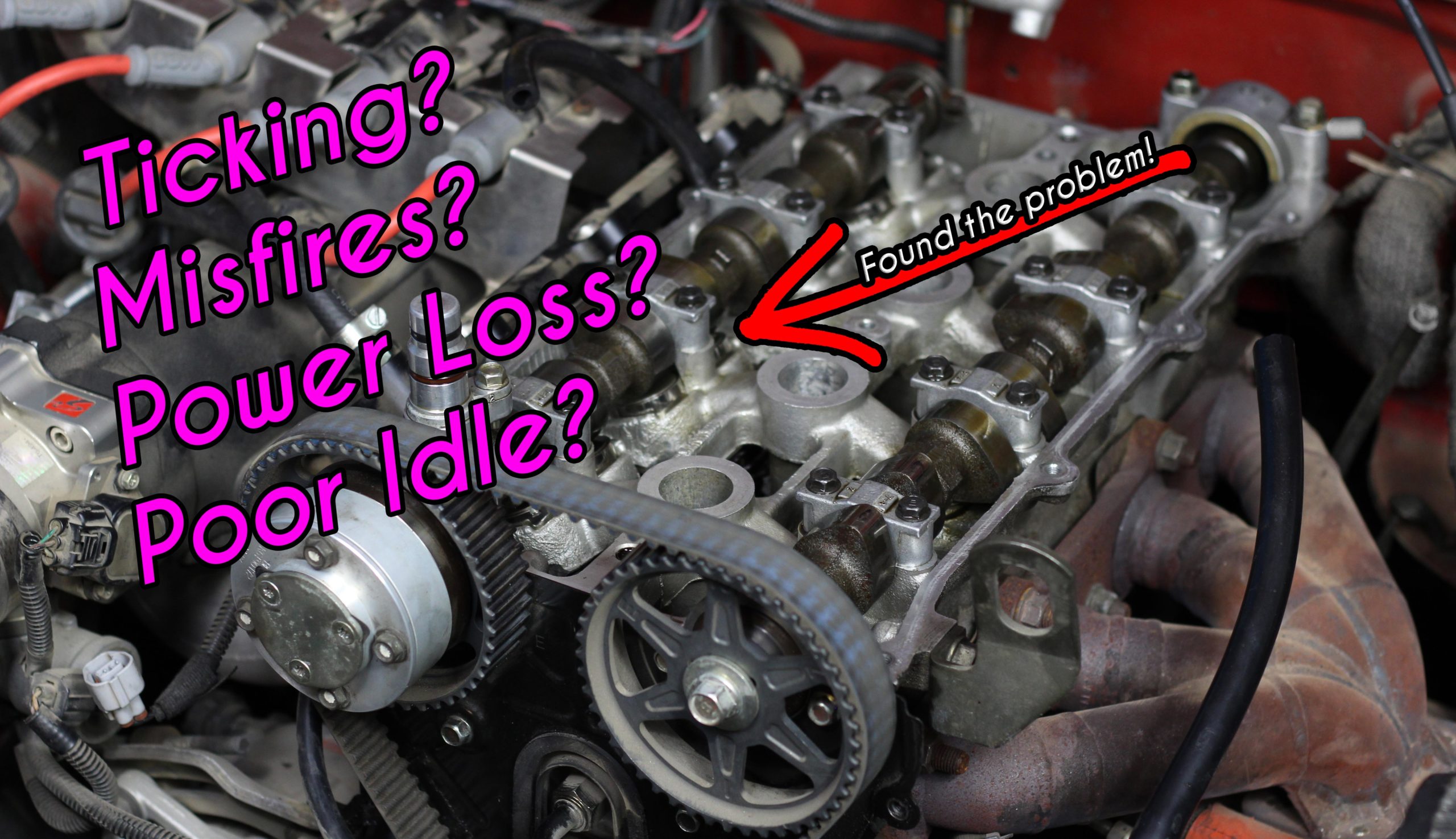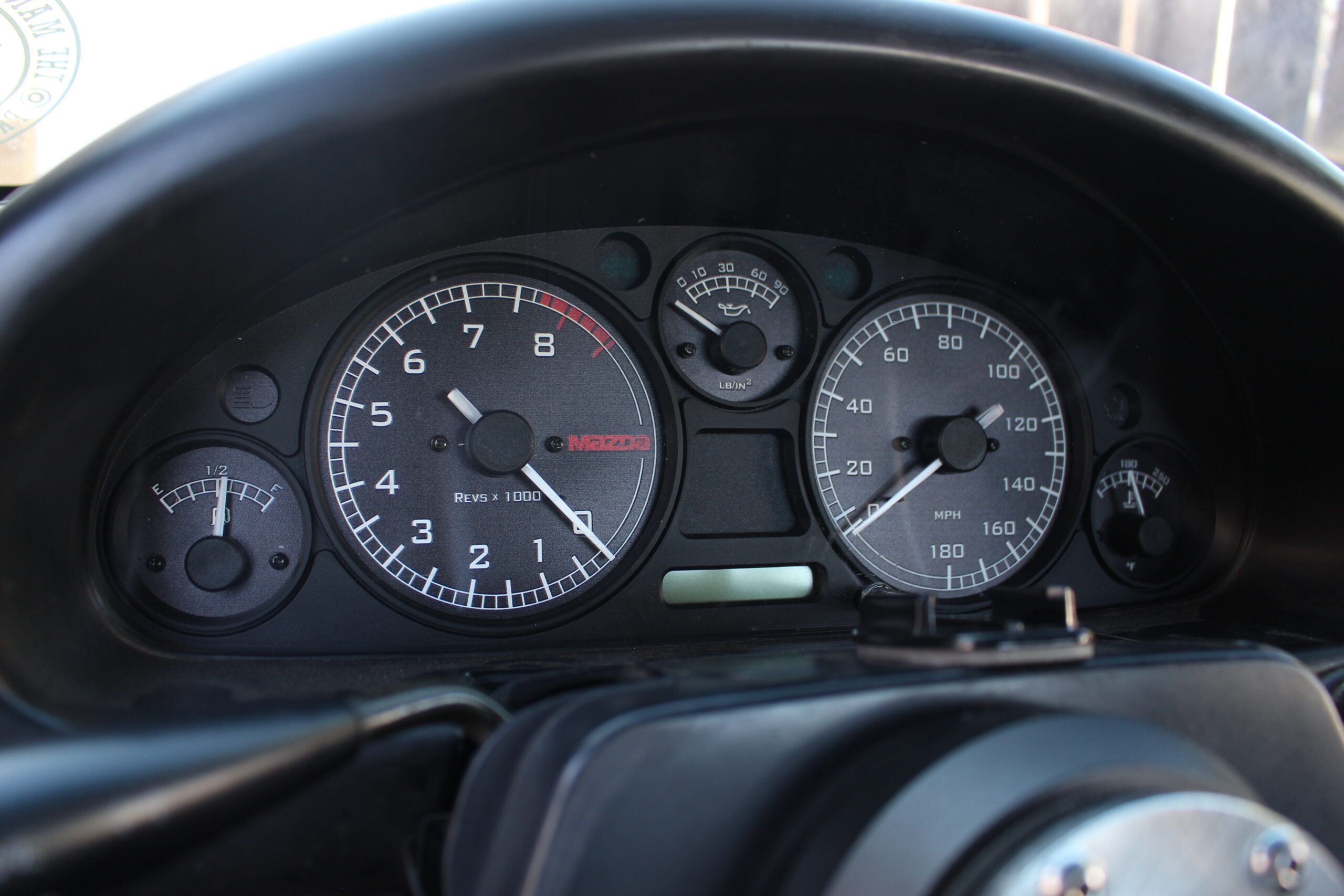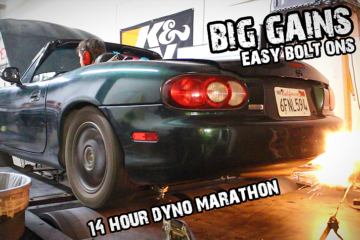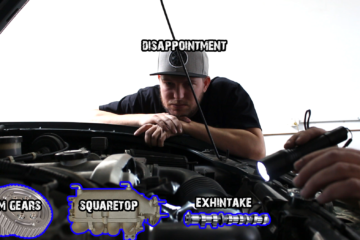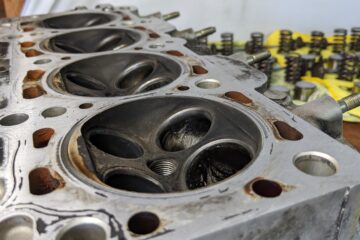It’s something you use dozens of times on every drive. It can be the difference between winning and losing a race. It can turn a daily driver into a drift machine. It can be your best friend or your worst nightmare. I’m talking about your clutch, and there’s a lot more to selecting the perfect match than you might think. (If you’re looking for how to install a clutch check this page out.)
Despite what you see in the vast majority of Chinese eBay clutches, there’s a lot more to think about than what “stage” you need. This isn’t Need For Speed Underground, so take the idea of “stages” and put it aside for now. Most companies use this term as a ranking system within their own product line and it does not mean all “stage 2” clutches are the same. In this article I’m going to dive into the different parts that make up the clutch, and give you some pointers on how to choose the best one for your build. There is not one clutch that suits all applications, each type has benefits and downfalls.
Holding Power

The very first thing you should be thinking about when looking for the right clutch, is how much torque it can hold. The last thing you want to happen is to get your streetfighter build finished and on the dyno for the first time, only to learn that your clutch can only hold half of what your engine is putting out. This is not a good feeling, ask me how I know. After months of working on my Miata to get it turbocharged, I got it dyno tuned, and my 240whp setup had to be detuned to 210whp because the clutch started slipping the next day. Back to the drawing board.
A clutch’s holding power is rated in torque, not horsepower. So lets say you predict your engine will make about 250 lb-ft at the rear wheels. Clutches are rated using flywheel torque, so that comes out to about 294 lb-ft accounting for 15% drivetrain loss. I always recommend selecting a clutch that will hold at least 10% more than your engine will make, so lets call it an even 325lb-ft. Figuring that out is the easy part. There are actually several different styles of clutches that will all hold the same amount of torque, and the one you choose depends heavily on what kind of driving you plan on doing.
Disc Configurations

Let’s talk about discs first. You’ve got to choose the friction material configuration based on how you will use the car.
-Full face clutch discs: They have the smoothest engagement and are the easiest to drive. Unfortunately they hold less torque (assuming the pressure plate is the same, I’ll get to that later.) and “burn” easier with excessive slipping due to the organic friction material. They also don’t “bite” as hard or chatter, which is why they are easier to drive with. 99% of OEM clutches use full face discs.
-Pucked clutch discs: They have a more aggressive engagement. They bite hard and typically chatter which is what makes them harder to drive with. They are preferred for drifting because of that bite since clutch kicks will break the rear tires loose more easily. Because of their metallic friction material, they can take a lot more heat and abuse. They hold more torque than a full face with the same pressure plate. The disc is also lighter, which means gear changes can be made a little faster. (The clutch disc rides on the input shaft of the transmission. When you change gears, the synchros have to alter the speed of that shaft. With a lighter clutch disc, the speed of the shaft can change faster).
-6 puck vs. 4 puck, etc: The less pucks the disc has, the more aggressive the engagement will be (aka harder to drive) but since the disc itself is lighter, you get faster gear changes. Discs from the same manufacturer with less pucks do not hold more power. (Ex: A 4-puck ACT disc will not hold any more or less power than a 6-puck ACT disc.)
Hub Types

There are three advantages to having an unsprung hub. The disc is even lighter, which again means faster gear changes. The car will be more responsive to changes in throttle since there are no springs to load/unload. Best of all, less moving parts means less things to break! If you’ve ever broken a clutch hub or spring you know how annoying it can be. Sounds great right? Hold the phone, I’m not quite done. Those little springs in the hub of your clutch actually do a lot of work. They drastically reduce drivetrain noise and vibration, reduce wear on the drivetrain parts, and most importantly make it easier to drive. Sprung hubs have an extreme affect on pucked clutches, unsprung pucked clutches are very difficult to drive. Unsprung full face clutches? I used to have one and I loved it, actually very daily driver friendly despite the increased transmission noise.
A quick overview of my clutch disc recommendations:
Sprung Full Face: Oem style, easiest to drive, can still hold power with the right pressure plate.
Unsprung Full Face: Slightly more difficult to drive, more noisy, but more responsive. Will hold the same amount of power as the sprung full face.
Sprung 6-puck: Noticeably harder to drive but still very streetable with some practice. Excellent for drifting.
Sprung 4-puck: Holds the same power as the 6-puck but much harder to drive and wears out faster, essentially no benefit in a street car.
Unsprung 6-puck/4-puck: Recommended for race only. Very noisy, difficult to drive, harder on your transmission, but will allow for faster gear changes.
Twin Disc Clutches

While I’m on the topic of discs, let’s talk about multiples. A twin disc clutch has a couple advantages over a single. Since there is double the amount of friction surface, the discs and pressure plate can be made smaller in diameter. This means less rotational mass in the discs and pressure plate, so you get faster revs and faster gear changes. Everything you just read about disc types also applies to twin, triple, and quad disc units. The downsides? They’re more expensive, they can be pretty tricky to drive, and the smaller diameter units are only available in unsprung versions. This means they are super light, but harder on your transmission. They’re not for everyone, but if you’re looking for peak shifting performance and revs, they are AWESOME.
Pressure Plates

Essentially a round set of sprung fingers that apply a certain amount of force pinching the clutch disc between the pressure plate and the flywheel. Simply put, stiffer pressure plate equals more holding power. The side effect? A stiffer pressure plate also means more effort to disengage the clutch, aka don’t forget leg day bro. This is where overkill isn’t always the best idea. There is no reason your 250 lb-ft engine needs a 400 lb-ft rated clutch. Let’s play out a scenario: 100 degree day, sitting in stop-and-go traffic, and you deleted your A/C because race car. That’s the exact moment you’ll realize you didn’t need the stage 8000 race-only pressure plate that’s turning your leg into a bowl of jello one mile at a time on 5 South during rush hour. Now that you know all about clutch discs, you should know why a sprung 6-puck with a light pressure plate might be the ultimate daily driver clutch that holds power. But that’s just coming from someone who’s been driving one every day for the last 36,000 miles.
Price vs. Quality

Congrats! You’ve passed Clutch Parts 101, but you also need to keep in mind that all clutch systems are not created equal. There are a lot of brands out there, and of course I haven’t tested them all, but I’ve got some food for thought. First up is the XTD system aka branded eBay clutch. $200 for a clutch AND a “racing” flywheel? How could you go wrong? Listen, I’m not here to bash XTD. Plenty of people use that clutch with great success, and good for them. Personally, I wouldn’t, and here’s why: I do not enjoy changing clutches. I do it on the ground with hand tools, dropping the transmission on my chest while covered head to toe in grease. I don’t want to chance a clutch failing in 2000 miles, so I choose to go with high quality units. My top recommendations: Flyin’ Miata, Clutchmasters (Discount Code: CARPASSION), and ACT. They all use very high quality materials in their discs and pressure plates which lead to a clean install, long life, no premature failures, and peace of mind.
Now that you’re armed with knowledge, you can feel confident in choosing the perfect clutch for your car. What are you waiting for?










